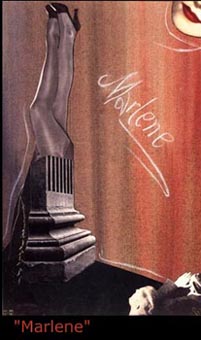Hannah Höch (1889-1978) was part of the German Dada
group and is mostly known as one of the originators of the photomontage (the assemblage
of photographs and other graphic material to make a picture).
First, what is Dada?
The Dadaists came about during World War I as a kind of
rebellion to a society that would even agree to the War happening at all. They were
pretty pissed off about it all and used their art to express how they felt
about it. Art, to them, was not art, they were not artists, and the Dada
movement wasn’t really a movement. Anything they felt was a contribution to the
War was attacked in their non-art—especially the traditions in the art world. They
were really into the shock factor in their non-art—these are the folks who used
poo humor in their pieces. (Think Marcel Duchamp’s Fountain (1919) sculpture that was really nothing more than a
urinal and his copy of Mona Lisa, L.H.O.O.Q. (1919), with
a mustache and beard along with the letters L.H.O.O.Q. at the bottom which, when
pronounced in French, sounds like the phrase “Elle a chaud au cul,” translated
in English as “she has a hot ass.”)
Back to Höch…the rest of the Dadaists were
mostly men, so they didn't exactly consider her part of the crowd. She used anti-feminist acts in her art; she was very aware of how society
treated women differently in the media vs. reality because she worked for a
magazine that catered to women. She even used some of the material in the magazine in her photomontages. Höch wasn’t too fond of marriage and used mannequins and children
to represent how women barely ran their own lives. Her work often showed same-sex couples (she
was bisexual) and androgynous characters.
 |
| Cut with the Dada Kitchen Knife Through the Last Weimar Beer-Belly Cultural Epoch in Germany, 1919 |
 |
| Beautiful Girl, 1920 |
 |
| The Bride, 1933 |




No comments:
Post a Comment